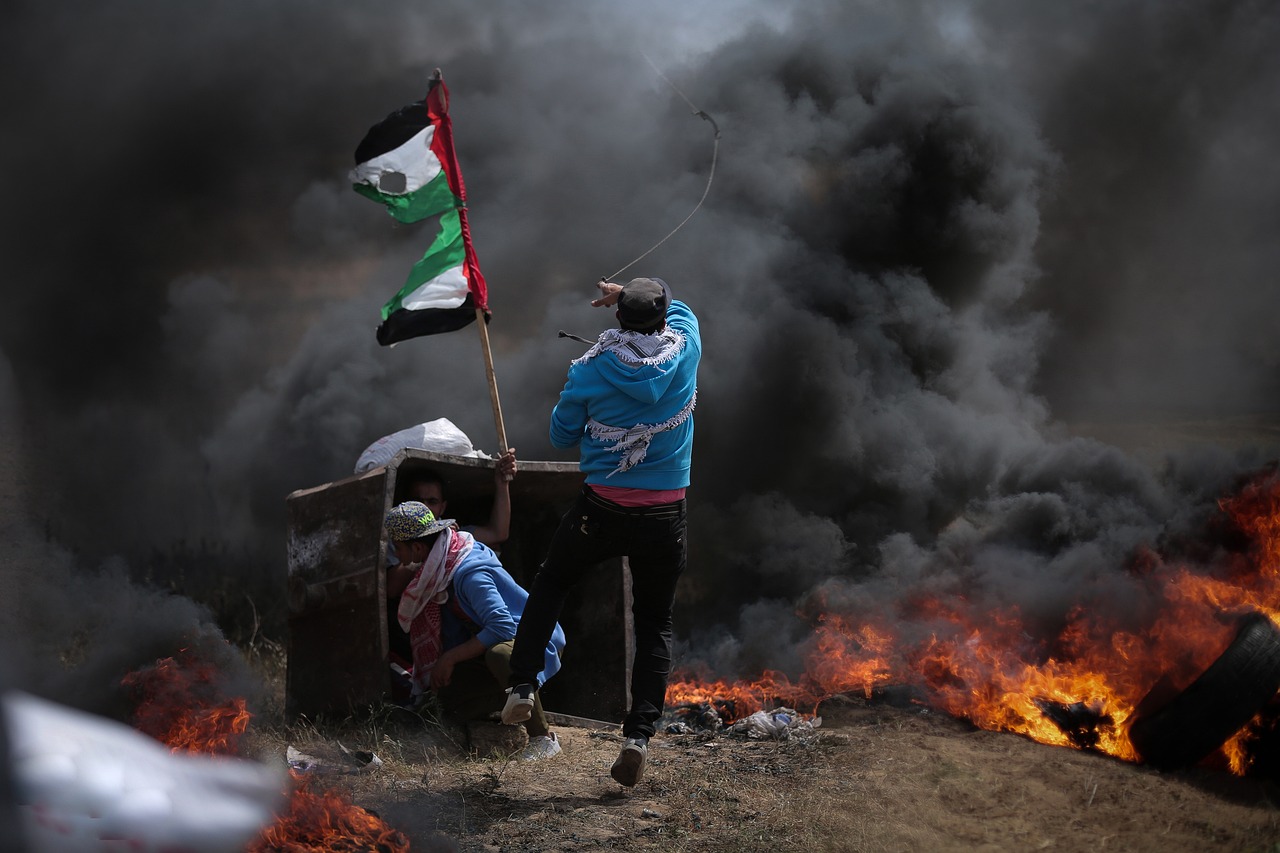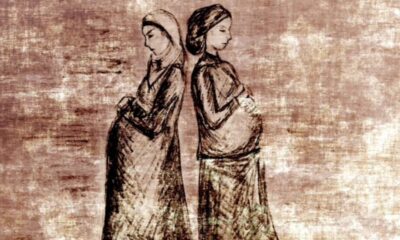Every single individual in Gaza has had something stolen from them– It alone highlights the despair, cruelty, and injustices inflicted by Israel on Gaza over the past year.
Since October 7, 2023, more than 41,000 Palestinians have been killed, with 70% of them being children. According to UNICEF, Palestine is now one of the most dangerous places for children on earth.
Even more devastating, over 90,000+ people have been injured, and 10,000+ remain missing. The extent of oppression by Israel in one year is they have destroyed almost everything in Gaza.
According to the United Nations and World Health Organization, Israel has damaged or destroyed more than 50% of Gaza’s homes—80% of commercials, 87% of school buildings, 68% of road networks and cropland.
For the people of Gaza, there is nothing left. What makes the situation even more dire is the state of their healthcare system. Of the 37 multispecialty hospitals, only 16 are partially functioning, and with no fuel entering since last year, the lack of resources has left injured civilians with limited care options.
Every Minute is Like Hell In Gaza
The situation has become so dire that the people don’t know what the next moment will bring. It is not just a crisis of a few months; the people of Gaza have been living in constant fear for over a year.
According to reports, every hour in the Gaza Strip, 15 people are losing their lives, 6 of whom are children. Thirty-five others are injured, and over 42 bombs are being dropped from above. There is no place left in Gaza where people can seek refuge because every hour, 12 buildings are being reduced to rubble by bombs.
The situation has grown so desperate that parents have resorted to writing their children’s names, along with the father’s name, on their tiny hands. That way, if their children die in the bombings, at least they can be identified.
People are living through a relentless nightmare, unsure of what will happen next. They have lost not just their homes but, for many, their fathers and children too.
The people of Gaza are enduring unimaginable suffering every minute of every day. The air they breathe, the ground they stand on—everything around them is a reminder of loss, fear, and devastation. Every second that passes is filled with the dread of not knowing if it might be their last.
The Further Escalation
The situation in Gaza worsens with each passing day. The citizens are lost, uncertain of where to go or where to find safety. The fear that the Israeli army has instilled over the past year has left people with no hope or sense of security in their own lives.
Reports say that 87% of children in Gaza are mentally depressed and in urgent need of psychological treatment. People don’t even have food to eat. When humanitarian aid is sent, desperate civilians rush to it, and in the chaos, only the strongest manage to grab whatever is available, while others are left with nothing.
The shelters provided by the UN and other organizations have also been bombed by Israeli forces, leaving people wondering where they can even live. Many have been forced to camp near the seashore, but even there, they face new dangers. During the night, when the tides rise, water floods their tents, and tragically, young children are often swept away by the strong currents.
In the past year, there hasn’t been a single day without attacks by the Israeli army. No place in Gaza has been spared. People are bombed in their sleep—many who go to bed at night never wake up. Hospitals have been targeted, bombing the very buildings where civilians were receiving medical care. The cruelty reaches its peak when even schools where innocent children should feel safe have been attacked.
The escalation has reached unbearable levels. First, the Gaza Strip was engulfed in violence, then the attacks extended to the occupied West Bank, followed by
Lebanon, and now even Iran, is under threat. The Israeli forces seem relentless, showing no intention of stopping. For the past year, they have been fixated on taking the lives of innocent people, with no end in sight.
What is Next For the People Of Gaza?
At this point, hope is all that the civilians of Gaza have left. With Egypt and Israel having closed their borders, people in Gaza are unable to cross to safety. The UN and WHO, along with other major organizations, have repeatedly called for a ceasefire, and while there were one or two brief pauses in the conflict, it quickly resumed for one reason or another.
Throughout the past year, people across Europe and other countries have protested against Benjamin Netanyahu’s actions. However, the leaders of major nations have turned a deaf ear. Instead, countries like the U.S. and those in Europe have supplied Israel with weapons, further fueling the destruction of Gaza.
The coming year may hold even worse challenges for the people of Gaza. Iran has already launched attacks on Israel, and Israel will surely retaliate. Netanyahu has made it clear—either Israel survives or the nations of the Middle East, including Gaza, will face further devastation.
For this war to end, the President of the U.S., the Prime Minister of the UK, and the President of Russia will need to intervene directly. If they are serious about stopping the war, the first step must be to stop supplying weapons. Only then will the conflict begin to de-escalate. Otherwise, no matter how much the UN and other organizations try to bring peace, this war could drag on for another year, ten years, or even indefinitely.





 Featured1 year ago
Featured1 year ago


 Featured2 years ago
Featured2 years ago


 Featured1 year ago
Featured1 year ago


 Featured3 years ago
Featured3 years ago


 Featured4 years ago
Featured4 years ago


 Featured2 years ago
Featured2 years ago


 Featured1 year ago
Featured1 year ago


 Featured2 years ago
Featured2 years ago




